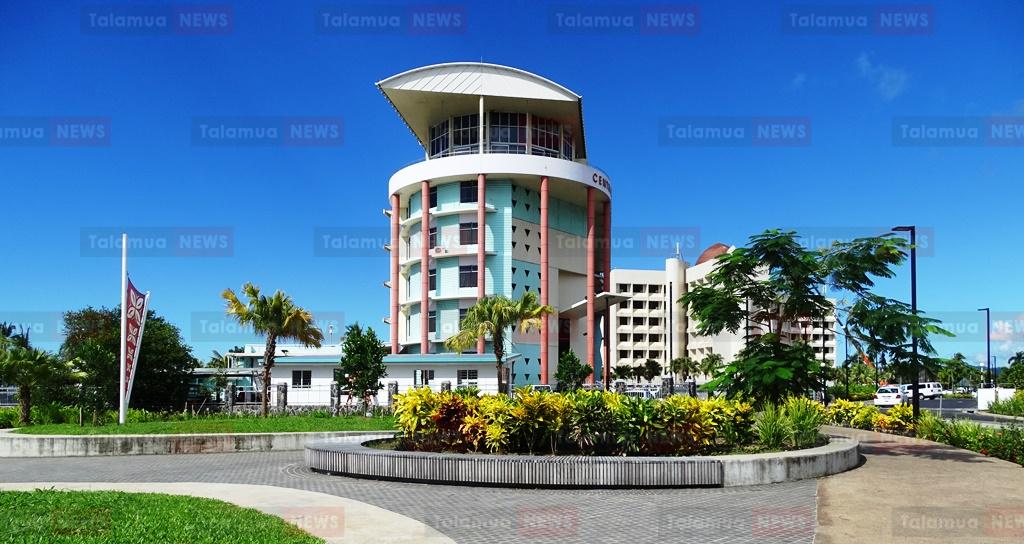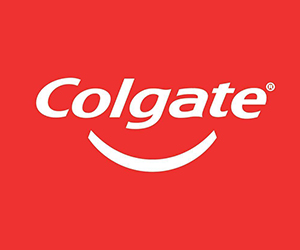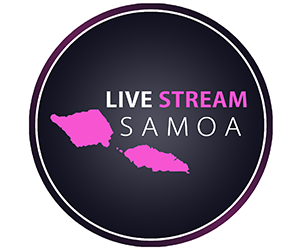Economy
Central Bank of Samoa Continues to Loosen Monetary Policy

“All in all, total foreign reserves are expected to improve by around $35.0 million to a total of $842.90 million by June 2023 or around 9.4 months of imports in FY 2022/23.”
Source: Central Bank of Samoa
APIA, SAMOA – 20 MARCH 2022: The Central Bank of Samoa is continuing to loosen its monetary policy stance for the rest of the Financial Fear 2022/2023.
A statement issued last weekend after the Board’s meeting of 3 March 2023, said the stance considered the expected slowdown in the world economy in 2023 given the adverse impact of the Russia-Ukraine war and the tightening monetary policies undertaken by large and advanced economies, as well as the expected recovery of the Samoan economy in FY2022/23 after 3 consecutive years of negative economic growth.
According to the January 2023 World Economic Outlook by the International Monetary Fund (IMF), the global economy is expected to expand by 2.9 percent in 2023, down from 3.4 percent in 2022. This weakening in global economic activities partially reflects the reduction and removal of earlier fiscal and monetary stimulus as most major central banks’ attempt to tighten economic activities to slowdown the current strong inflationary pressures worldwide.
For Samoa, the latest National Accounts figures showed that the economy recorded a 4.7 percent rebound in September 2022 quarter in line with the reopening of international borders.
Latest monthly economic indicators such as remittances, exports and visitor earnings point to a similar or even higher growth for the December 2022 quarter.
“Coupled with the expansionary fiscal policy approved by Parliament for FY2022/23 and the strong pickup in business activity so far, real GDP is expected to expand by around 3.0 percent for the whole year 2022/2023.”RISING INFLATION
On the other hand, inflation has risen steadily in the past 15 months and has peaked at 11.3 percent in November 2022 and has started to come down to 11.0 percent in December 2022. Imported (prices) inflation has started to ease so far given the aggressive monetary tightening by advanced economies around the world, however domestic inflation is rising steadily and yet to peak.
All in all, inflation is expected to drop to around 10.0 percent by June 2023 and continue to slow down for the remainder of 2023.
“On the external sector, proceeds from the export of goods, remittances and visitor earnings all recorded strong improvements in the first six months to December 2022.”In addition, imports of goods have also expanded significantly in the first half of the year.
The outlook for FY2022/23 points to a 41.4 percent rebound in exports of goods driven by strong recovery in fish and coconut oil exports. Visitor earnings continue to exceed its original forecast given the strong demand from overseas families and friends to visit Samoa while remittances are again expected to expand by another 6.4 percent during the year.
Mitigating these large inflows is the expected rise in import payments to around 19.2 percent in FY 2022/2023.
“All in all, total foreign reserves are expected to improve by around $35.0 million to a total of $842.90 million by June 2023 or around 9.4 months of imports in FY 2022/23.”
Despite the expected level of inflation staying above the 3.0 percent inflation target, the CBS Board felt that monetary policy should remain eased to support and ensure economic recovery is fully realised and entrenched, after a long period of depression.
Furthermore, inflation is starting to recede gradually from January 2023 onwards and would be at around 10.0 percent by June 2023. The strong and comfortable level of our international reserves also supports this easing of the monetary policy stance.















